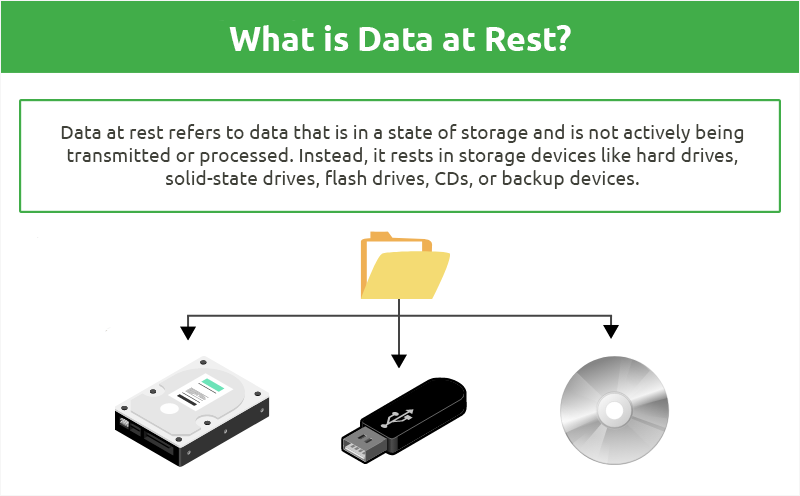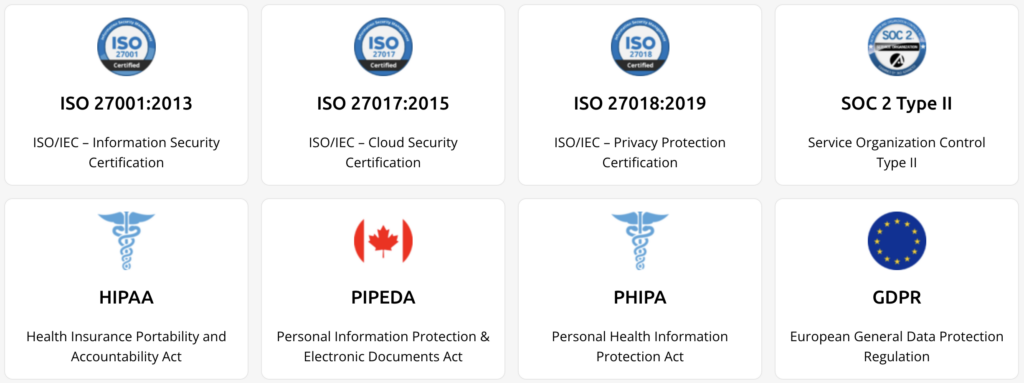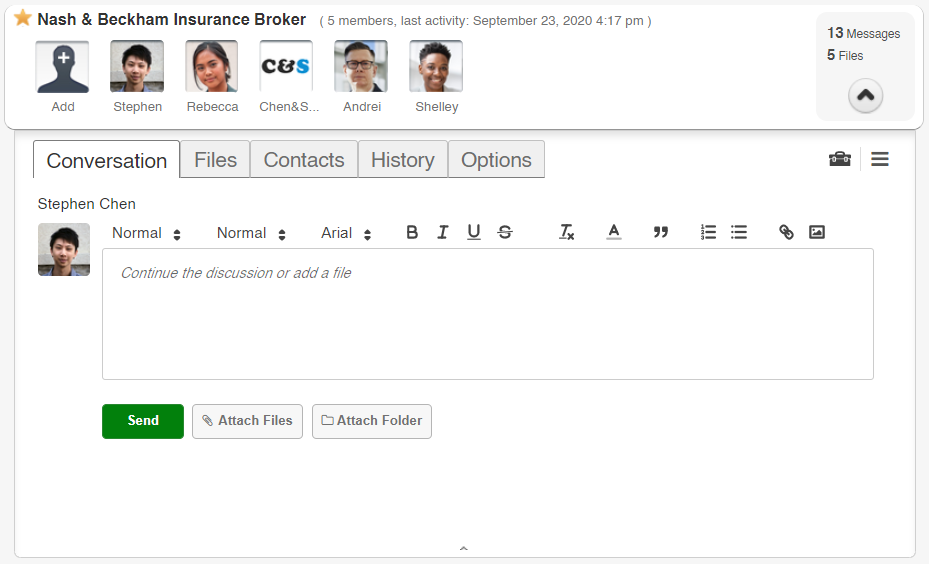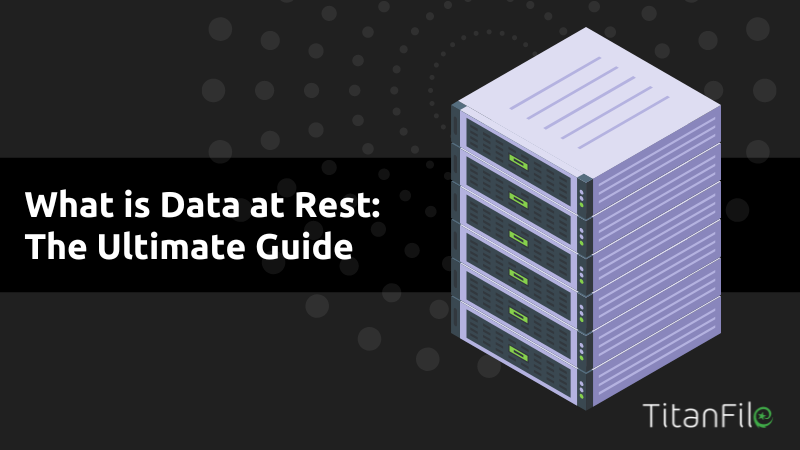Data is the lifeblood of businesses in the current digital era. All different types of consumer, vendor, and employee data are gathered, processed, stored, and shared by businesses, including sensitive data that needs to be protected from unauthorized access.
Protecting sensitive data such as customer data, personally identifiable information (PII), intellectual property, or healthcare data has become a requirement for most businesses collecting and processing these types of data.
Whether it’s to comply with data protection legislation and standards such as GDPR, HIPAA, or PCI DSS or to ensure they preserve their competitive advantage, companies must protect their sensitive information from both malicious outsiders and careless insiders.
What is Data at Rest?

Data at rest refers to data that is in a state of storage and is not actively being transmitted or processed. Imagine it as information taking a peaceful nap in a secure location, like a well-locked safe.
When data is “at rest,” it is not moving or traveling across networks; instead, it rests in storage devices like hard drives, solid-state drives, or even offline backup tapes. It’s like your private thoughts jotted down in a journal and tucked away in a secure drawer.
This article will focus on the importance data at rest encryption, the protocols for securing data at rest, access controls for securing data at rest, compliance for securing data at rest, and the best methods for securing data at rest.
Protocols for Data At Rest Encryption
To secure data at rest, organizations must follow data encryption protocols that help identify and locate sensitive data, classify data, embrace encryption, secure the infrastructure, and train users.
1. Identifying and Locating Sensitive Data
The first step in securing data at rest is identifying and locating sensitive data. Organizations must understand what data they have, where it is stored, and who has access to it. This can be done by conducting a data inventory and mapping exercise.
Once sensitive data is identified, it can be classified according to its level of sensitivity, the risks it presents, and the compliance regulations that protect it.
2. Classifying Data
Data classification is the process of separating and organizing data into relevant groups (“classes”) based on their shared characteristics, such as their level of sensitivity, the risks they present, and the compliance regulations that protect them.
To protect sensitive data, it must be located, classified according to its level of sensitivity, and accurately tagged. Going even further, the data classification and discovery process can be made more efficient through automation.
3. Embracing Encryption
Encryption is the process of transforming data into a format that is unreadable without a secret key necessary to decrypt the content back into plaintext. Encryption is one of the best forms of protection for data at rest. Organizations can encrypt data at rest without the risk or cost of a custom encryption key management solution.
They have the option of letting cloud providers completely manage data encryption keys while at rest. Additionally, organizations have various options to closely manage encryption or encryption keys.
4. Securing the Infrastructure
Organizations must secure the infrastructure that stores the data. This includes implementing firewalls, intrusion detection and prevention systems, and other security measures to protect data against unauthorized access.
Organizations must also ensure that their systems are up to date with the latest security patches and updates.
5. Training Users
Organizations must train their employees in data security awareness. Successfully training employees on data security involves identifying the right topics, building or finding training material, and creating a schedule for when the training will take place.
Identifying the right topics is essential to successfully raise data security awareness in your organization. You should consider the risks that your end-users are likely to face and through each medium.
Access Controls for Securing Data at Rest
Access controls are critical for securing data at rest. Organizations must limit access to sensitive data, implement role-based access controls, and monitor who gain access to data.
1. Limiting Access to Sensitive Data
Organizations must control who has access to which data and what level of access (read-write-execute) they have to that data. It is vital to ensure that the appropriate user (employee, customer, or contractor) has access to just the data they need without exposing unnecessary need-to-know data.
The best approach to consider when controlling data access is to take the “deny all permit what’s needed” approach to reduce any sort of exposure.
2. Implementing Role-Based Access Controls
Role-based access control (RBAC) refers to the idea of assigning permissions to users based on their role within an organization. It offers a simple, manageable approach to access management that is less prone to error than assigning permissions to users individually.
When using RBAC for role management, you analyze the needs of your users and group them into roles based on common responsibilities. You then assign one or more roles to each user and one or more permissions to each role.
The user-role and role-permissions relationships make it simple to perform user assignments since users no longer need to be managed individually, but instead have privileges that conform to the permissions assigned to their role(s).
3. Monitoring Access to Data
Organizations must monitor access to data to ensure that only authorized users are accessing sensitive data. Monitoring access to data can help detect and prevent unauthorized access and data breaches.
Compliance for Securing Data at Rest

Organizations must ensure that they comply with regulatory requirements when securing data at rest. This includes understanding regulatory requirements, implementing compliance measures, and conducting regular audits.
1. Understanding Regulatory Requirements
Organizations must understand the regulatory requirements that apply to their industry and the sensitive data they collect, process, store, and share. This includes regulations such as HIPAA, PIPEDA, and GDPR.
2. Implementing Compliance Measures
Organizations must implement compliance measures to ensure that they comply with regulatory requirements. This includes implementing policies and procedures for securing data at rest, conducting regular risk assessments, and ensuring that employees are trained on data security awareness.
3. Conducting Regular Audits
Organizations must conduct regular audits to ensure that they are complying with regulatory requirements and that their data security measures are effective. Audits can help identify vulnerabilities and areas for improvement.
Best Methods for Securing Data at Rest
There are several methods for securing data at rest, including:
1. Data Encryption
Data encryption is one of the best forms of protection for data at rest. Encryption can be achieved through various methods, including full disk encryption, file-level encryption, and database encryption.
2. Backup and Recovery
Backup and recovery is the process of creating and storing copies of data to protect against data loss. Backup and recovery can be achieved through various methods, including cloud backup, tape backup, and disk backup.
3. Access Control
Access control is the process of granting or denying access to resources based on the identity of the user, device, or system. Access control can be achieved through various methods, including RBAC, ABAC, and MAC.
4. Network Security
Network security is the process of securing the network infrastructure that stores the data. Network security can be achieved through various methods, including firewalls, intrusion detection and prevention systems, and other security measures to protect against unauthorized access.
5. Physical Security
Physical security is the process of securing the physical devices and facilities that store the data. Physical security can be achieved through various methods, including locking devices, encrypting data in secure storage cabinets or vaults, implementing access control systems with biometric authentication or key cards, and installing security cameras and alarms in sensitive areas.
6. Data Loss Prevention (DLP)
DLP is the process of identifying, monitoring and protecting sensitive data to prevent its unauthorized disclosure. DLP can be achieved through various methods, including content-aware DLP, endpoint DLP, and network DLP.
7. Data Masking / Data Obfuscation
Data masking or data obfuscation is the process of replacing sensitive data with fictitious data to protect it from unauthorized access. Data masking can be achieved through various methods, including static data masking, dynamic data masking, and format-preserving data masking.
How Does TitanFile Help Secure Data at Rest?

TitanFile is a secure file-sharing platform that offers state-of-the-art security features to keep your data safe. The platform is consistently rated as the most secure file-sharing platform according to SecurityScorecard.
When information is uploaded into TitanFile, the files are encrypted at rest and protected with granular access permissions, multi-factor authentication, password protection and audit logs to ensure that all communication through the platform dremains confidential.
Here are a few key features:
- TitanFile utilizes AWS data centers that are ISO 27001 and SOC 2 certified which demonstrates that it operates with the highest security standards to keep customer information secure.
- TitanFile’s encryption in transit and at rest, granular access permissions, multi-factor authentication, and audit logs give organizations the confidence they need to trust the platform for all of their secure file sharing and client collaboration use cases.
- Additionally, TitanFile enables two-way 100% compliant file sharing and data storage, making it easy for organizations to improve compliance with HIPAA, PIPEDA, GDPR, and PCI DSS.
Conclusion
Protecting data at rest is crucial for safeguarding sensitive information from both malicious outsiders and insider threats. Organizations must enforce data at rest encryption and follow protocols that help identify and locate sensitive data, classify data, embrace encryption, secure the infrastructure, and train users.
Access controls are critical for securing data at rest, and compliance is essential for adhering to laws, regulations, and standards that govern the protection of sensitive data. There are several methods for securing data at rest, including encryption, backup and recovery, access control, network security, physical security, DLP, and data masking or data obfuscation.

